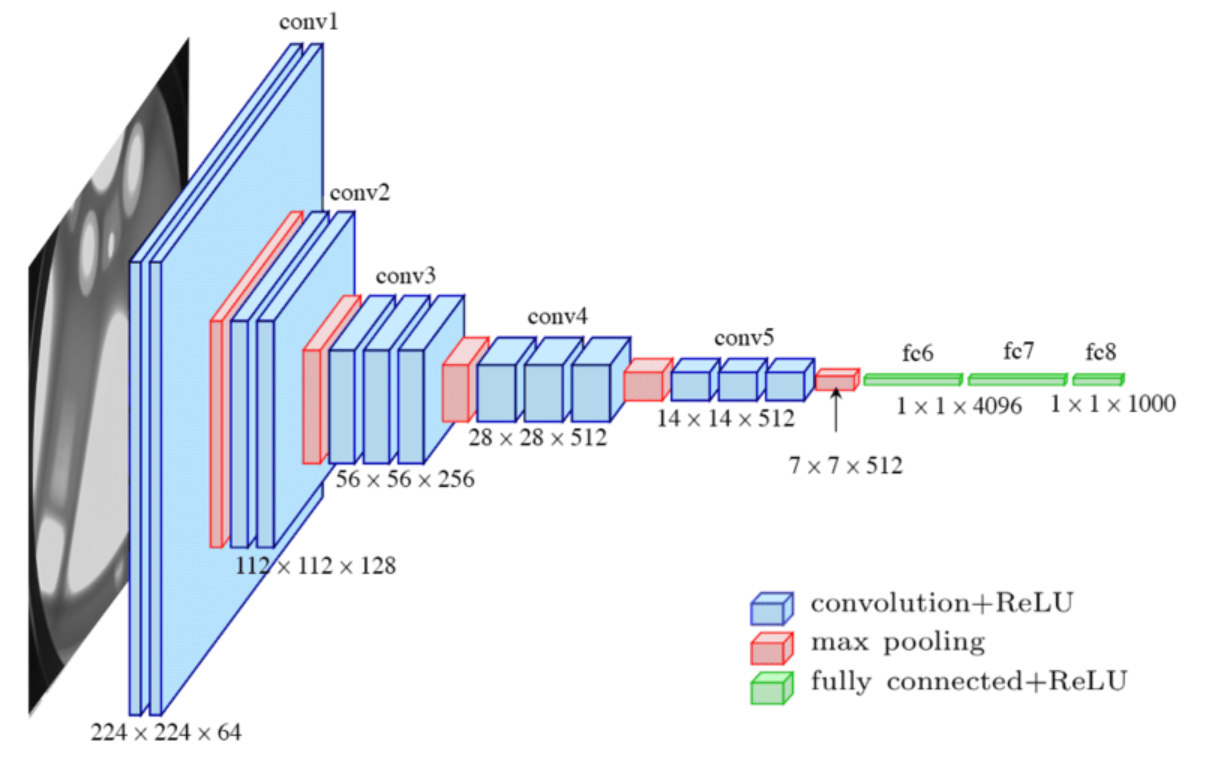Understanding the Inception Network: A Powerful Architecture for Image Classification

The Inception network, developed by researchers at Google, is a convolutional neural network architecture that has revolutionized image classification tasks. In this blog, we will delve into the key concepts behind the Inception network and explore its significance in the field of computer vision.
Inception Modules: The Building Blocks
The fundamental building block of the Inception network is the Inception module. This module takes the output from the previous layer and incorporates multiple branches with different convolutional filters. These branches include 1x1, 3x3, and 5x5 convolutions, along with max pooling operations. By utilizing various filter sizes, the network can capture features at different scales, enabling a comprehensive understanding of the input image.
To optimize efficiency, the Inception module applies 1x1 convolutions to reduce the dimensionality of the input before performing larger convolutions. This reduces computational costs while preserving essential features. Additionally, 1x1 convolutions are used to adjust the number of channels in feature maps, allowing for greater flexibility in the network’s capacity.
The Inception Network: Stacking Inception Modules
The Inception network comprises a series of Inception modules stacked together. These modules are repeated throughout the network, often interspersed with max pooling layers to alter the height and width dimensions. The network culminates in fully connected layers and a softmax output for making predictions.
The inclusion of side-branches in the Inception network is an interesting aspect. These side-branches take hidden layers at different depths and utilize them to make predictions. By incorporating these additional prediction layers, the network regularizes its features and prevents overfitting. This ensures that even intermediate layers contribute effectively to the final output.
Evolving the Inception Network
Since the introduction of the original Inception module, researchers have developed newer versions of the Inception network. These versions, such as Inception v2, v3, and v4, introduce further improvements and variations. Some of these enhancements include the utilization of residual connections and other techniques to enhance performance.
Embracing Collaboration and Memes
The inception network, fondly known as GoogleNet, is an example of the collaborative nature of the deep learning community. Researchers pay homage to previous works, and the Inception network draws inspiration from earlier networks. Interestingly, the Inception paper even references an internet meme, reflecting the community’s enthusiasm and creativity.
Conclusion: Empowering Computer Vision
The Inception network has emerged as a powerful architecture for image classification tasks. Its ability to efficiently capture features at different scales and its regularizing effects through side-branches make it a valuable tool in the field of computer vision. With subsequent versions and variations, the Inception network continues to drive advancements in deep learning.
In the next blog post, we will explore practical advice on using these specialized neural network architectures to build your own computer vision system. Stay tuned!